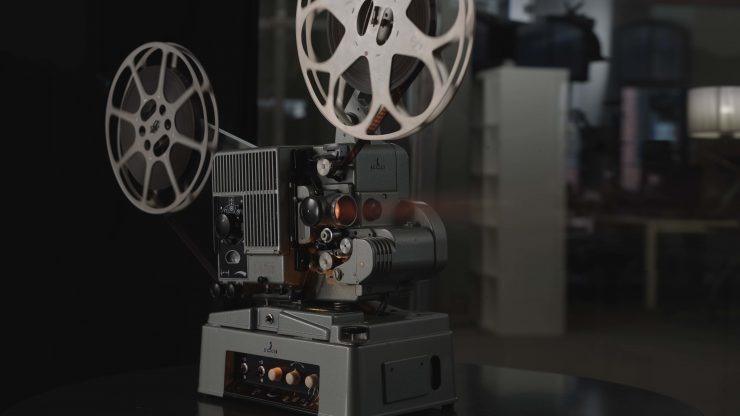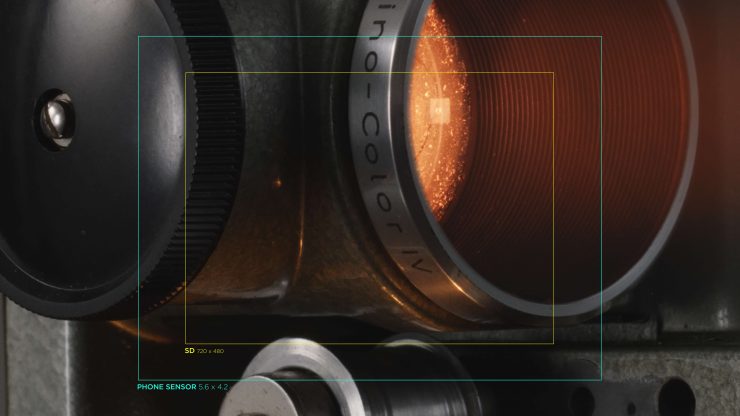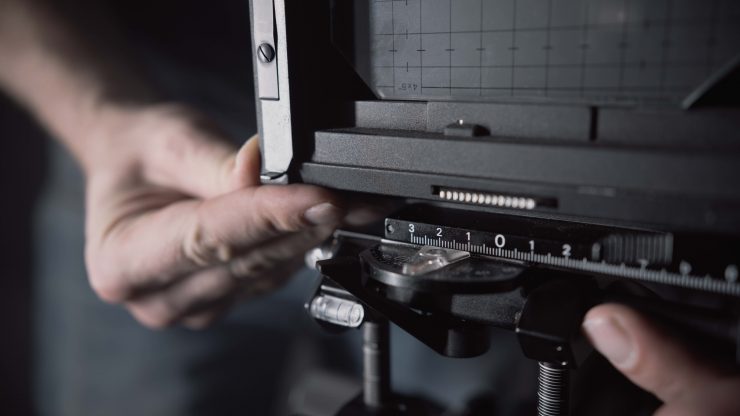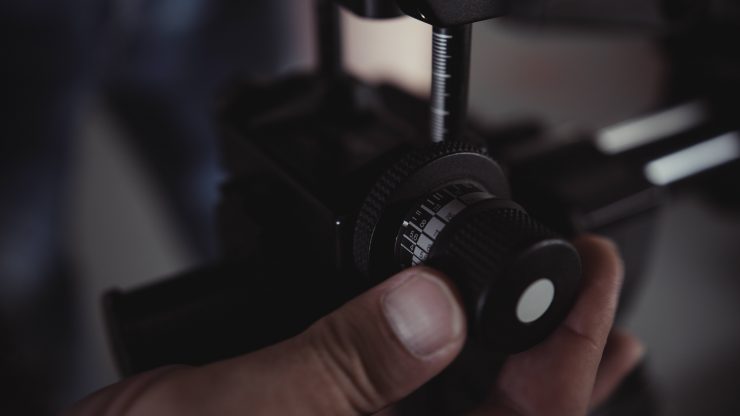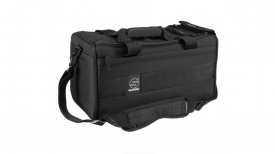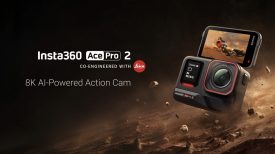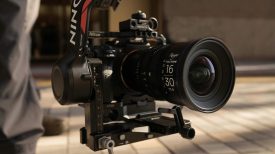How do you create a gigantic 16K 2000MP sensor using a Kinifinity MAVO LF and a vintage large format photo camera?
You might remember Nikolas Moldenhauer, we previously ran a test he did to produce a 12K (12288 x 5760) image from a Panasonic EVA1 using a medium format lens. Well, he is back at it again. This time he’s gone a step further and built a sensor double the size of IMAX and film with 200 MP. That’s over 16K of resolution.
By going to this extreme, Nikolas wanted to reveal whether the trend towards using larger format cameras with more resolution brings something good to the table, or is it overshooting the sweet spot that a smaller format offers.
Nikolas compares the beyond IMAX frame with the exact same shot taken in Full Frame, super 35, and micro four third formats.
I caught up with Nikolas to ask him about his test, what equipment he used, and why he wanted to do this experiment.
Why did you decide to do this experiment?
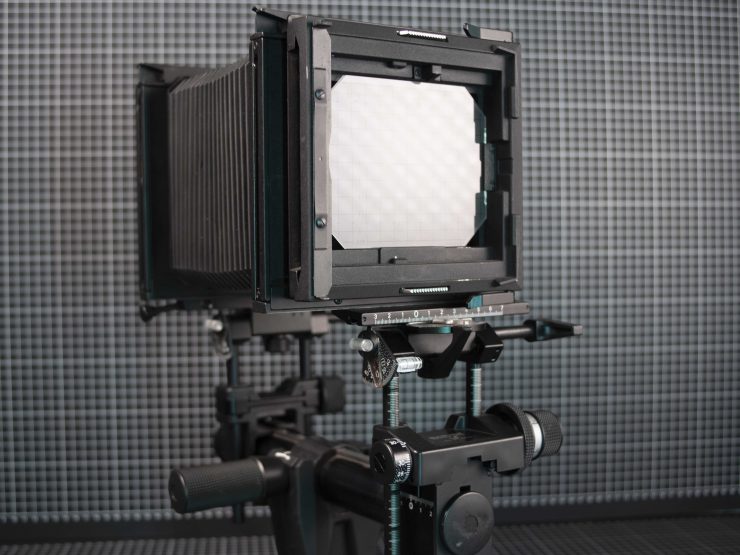
There is this almost mystical aura that large format film has in cinema. Vista Vision, 65mm and IMAX are terms that let the hearts of filmmakers and audiences beat faster. Hitchcock, Kubrick, Tarantino, Nolan… the biggest names, past and present, have declared their love for large format film.
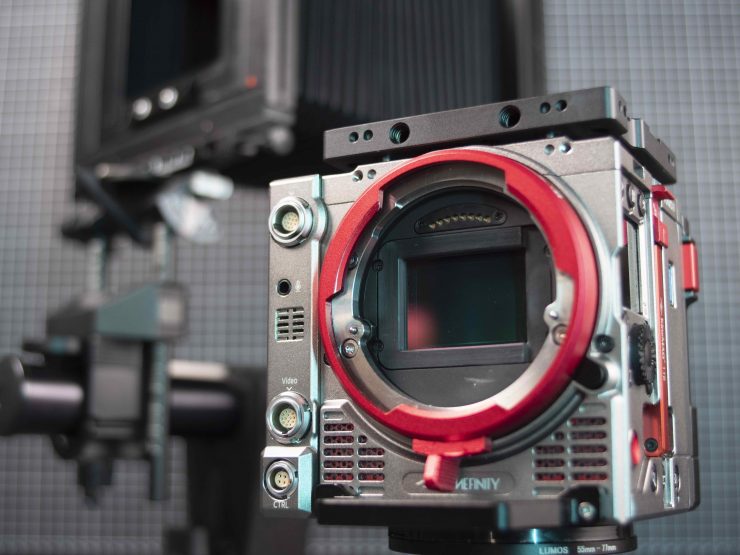
In the digital realm, there is this obvious trend to more resolution and to larger sensors. The Alexa LF, Alexa 65, RED Monstro, and Kinefinity MAVO LF are just the first wave of cine cams with Vista Vision formats, and in the mirrorless segment even beyond that with the Fujifilm GFX 100.
We have been looking more and more into these cameras and large format lately. We did experiments on our channel such as emulating an Alexa 65 sized sensor using an EVA1, building a Mamiya 645 lens set and combining that with a large format focal reducer.
The obvious question: Is there a benefit or a change in the look using a larger sensor or higher resolution, or are there reasons to use large format that are completely separate from the look of the image?
So, we decided to go to the extreme and emulate a sensor that has 200 Megapixel or 16K resolution and is twice the size of an IMAX Frame.
In comparison with normal sensor sizes and resolutions, this experiment should reveal what we want to find out. If it’s not in this, it will not be anywhere in-between.
In photography the “Brenizer” method has been used to generate large images and in movies, “Cinerama” utilized a three cam setups. But these methods do not emulate the properties that a large sensor would have. The method we are using, and that we coined “twin spin” before, effectively does that.
A lot of people aren’t even shooting in 4K. We’re you curious to see what the benefits of 16K image capture were?
I will totally agree that shooting 16K has limited use today. We were curious to find out how much detail a 16K would actually offer – and what we could do with this amount of detail. Would the lens be able to resolve the detail, and how far could we zoom in before a loss in image quality is apparent? How clean would the result appear? Would downsampling to 4K or 8K retain some of this detail? Overall… does resolution matter beyond a certain point?
What equipment did you use for this project?
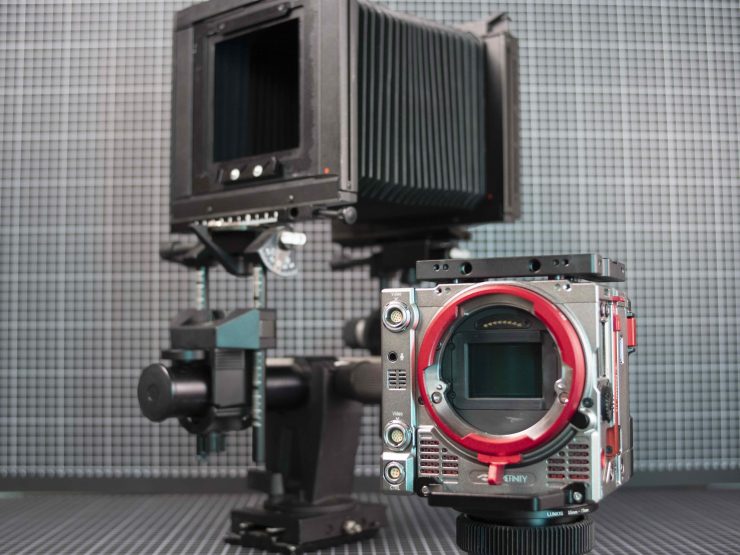
We used a Sinar F2 large format camera, a Kinefinity MAVO LF as a scanning device with 12bit ProRes 4444XQ recording quality, a Fujinon 180mm f5.6 large format lens… and lots of gaffer tape.
What was the process involved in creating a 16K image?
We are shooting several different segments of the lens projection successively, so stitching has to take place in post. The precise placement of the scanning camera and maintaining flange distance to the millimeter is key to success. The Sinar helps us do that.
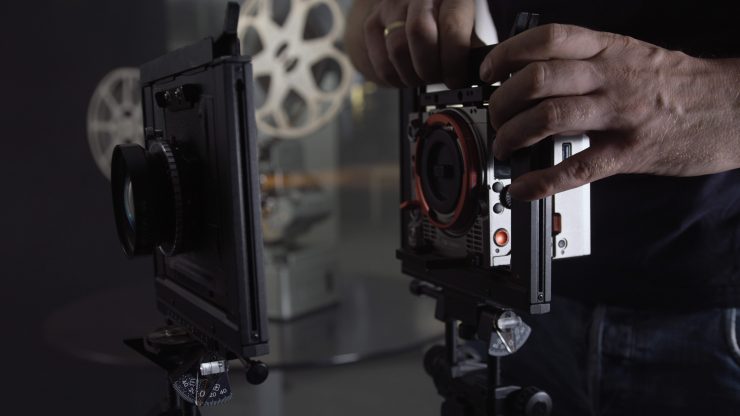
The MAVO LF has a large format (Vista Vision) sensor already, so fewer segments are necessary to capture the desired frame. It gets mechanically and digitally exponentially harder with a higher number of segments. Also, the MAVO has a removable mount, so no shadow will be cast by the mount, when the camera is moved off-center. The captured segments are then stitched in After Effects resulting in an image with 17.200 x 11.420 pixel resolution.
Would it be worthwhile for anyone to go through this process in the real world to create a 16K image?
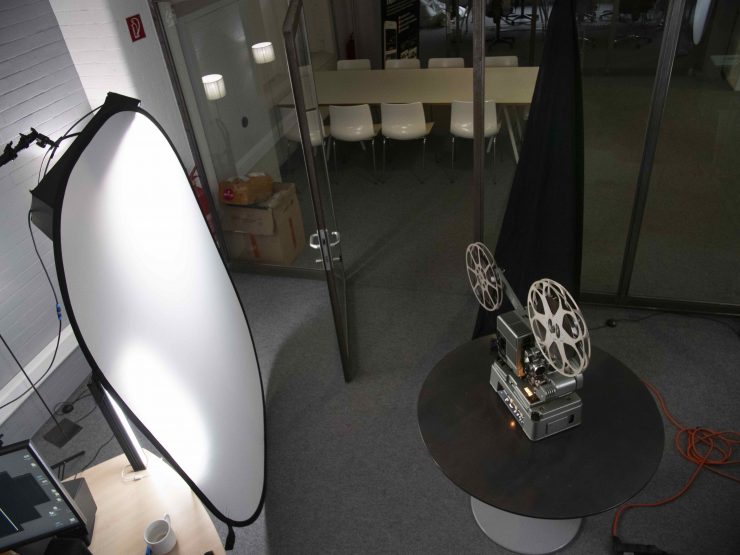
This is clearly experimental and it is way to complicated to use this method without a very good reason.
The results that we are showing will answer the given questions. One can even download 5 seconds of the 16K footage, but I will have to warn you: It is a 20GB ProRes file and your computer will probably not be able to play it back. You can open the file in software that uses CPU for decoding like After Effects, there you can see it and play with it to your heart’s desire.
Now if you have specific applications… it might be something completely different.
Think about a museum with a touchscreen as big as a wall that you can approach only within centimeters and still see a sharp detailed image of maybe an ant colony at work, or a cityscape that lets you see what’s behind every window by just walking up to it. Let your fantasy go, and maybe, this experiment will give you the key to create something outstanding. Let us know.
I imagine creating a 16K image gets extremely complicated once you enter the post-production process. Did you face any obstacles in doing this?
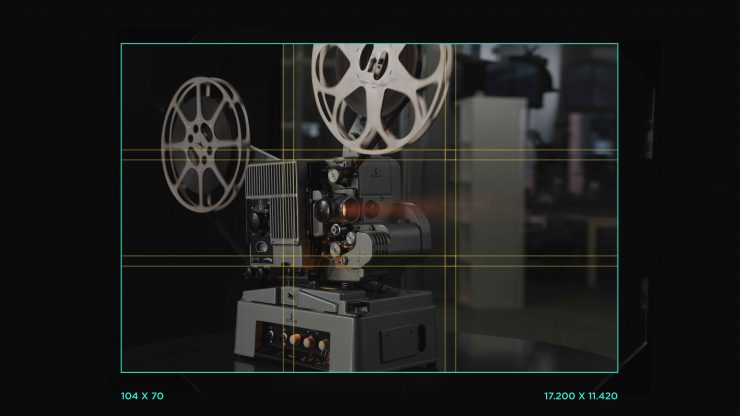
Hell yes! Each segment is 12bit ProRes 4444XQ 6K (6016×4016) footage – not easy to handle just by itself. Now we combine 11 of these in one image (we added one extra segment for the rear reel of the projector and one with light rays to prevent motion artifacts).
Apple chose not to release a new professional machine in 5 years so we have to work with somewhat ancient technology. It is to the credit of Apple and Adobe, that this machine was able to do it at all. Rendering the zoom that we show in our YouTube Episode took 60 hours and it made us cry.
What did you learn from this experiment?
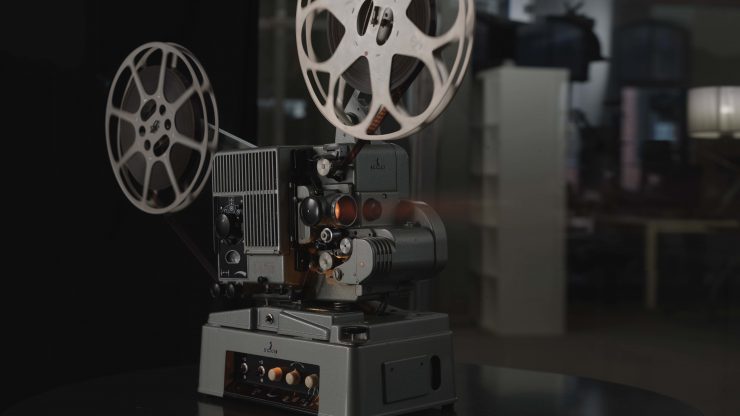
As to be expected, the normal FOV of the image is extremely clean as the grain is just to small to be seen. Oversampling to 8K or 4K maintains this super clean appearance.
The experiments demonstrate what crazy detail can be resolved by using a relatively inexpensive vintage lens. The resolving power of modern lenses is enough for whatever may come down the road, 8K, 16K… you name it.
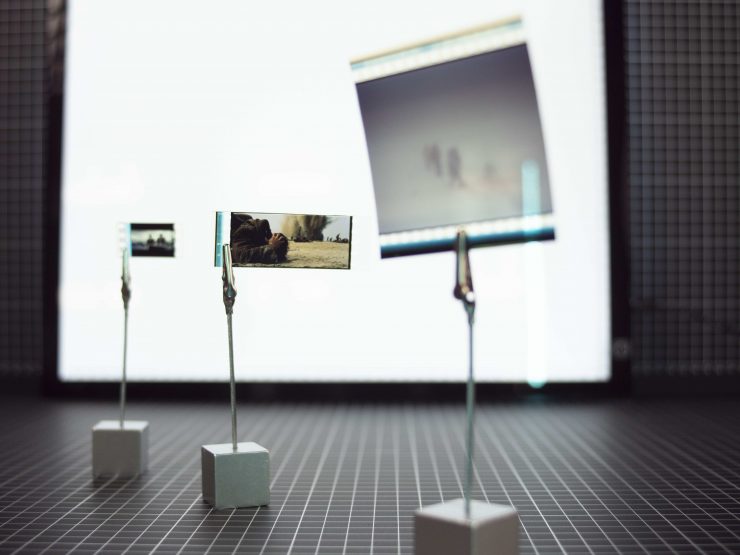
Theory tells us, that perspective is only produced by the distance of the camera, not by the focal length of the lens or the sensor size, and our comparison of Micro Four Thirds, Super 35, and Full Frame sample shows that. Strangely we found that the super large sensor produced unexpected changes in the background magnification that are not explained by the minimal different position of the setup. An interesting field for further investigation. Still, the effect is so little that it would be hardly worth constructing or owning such a camera.
For all normal applications, the sensor size is irrelevant given the right lens. This has some implication to the classic large film formats we started off with. Why was large-format cinema invented in the first place? We have one answer that is almost forgotten and discuss it in the video.
You have now done 16K. Any idea what your next experiment maybe?
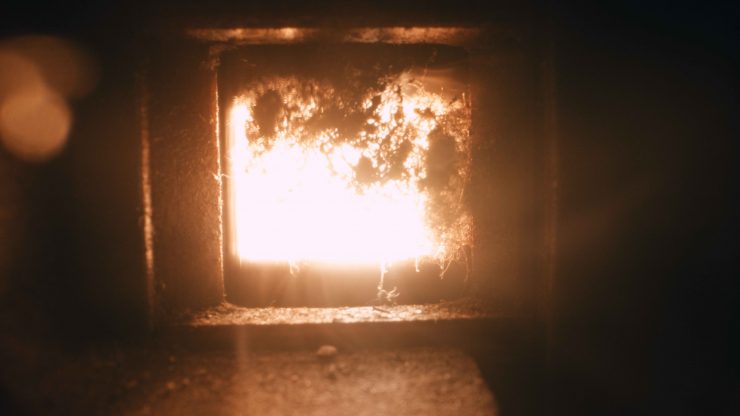
In the large format adventure, we are still looking at the possibility to “emulate” a digital “ultra Panavision 70″ format using medium format glass, focal reducers, and a huge anamorphic adapter that is close to the squeeze factor of that format. We hope for a unique epic look that is a reminiscence to Ben Hur.
There are so many ideas and so little time. Our next episode is already in production and it will be more conservative, or shall we say “practical”. Once again we will build a really nice vintage lens set, this time using Contax Zeiss Super Speeds. I had talks with Zeiss in Germany, and I found out some very interesting things about these lenses. Such as their very close relationship to the legendary Zeiss Cine Super Speeds used in films like “The Shining” or “Lost in Translation”. Lenses that go for the price of a car these days.
If you want to download ONE frame of 16K glory:
https://we.tl/t-mjlrZM99EB
If you feel adventurous – this is a link to 5 seconds of footage (20GB, please read the disclaimer above… you can’t “play” this):
https://we.tl/t-LrwSRShwp4

